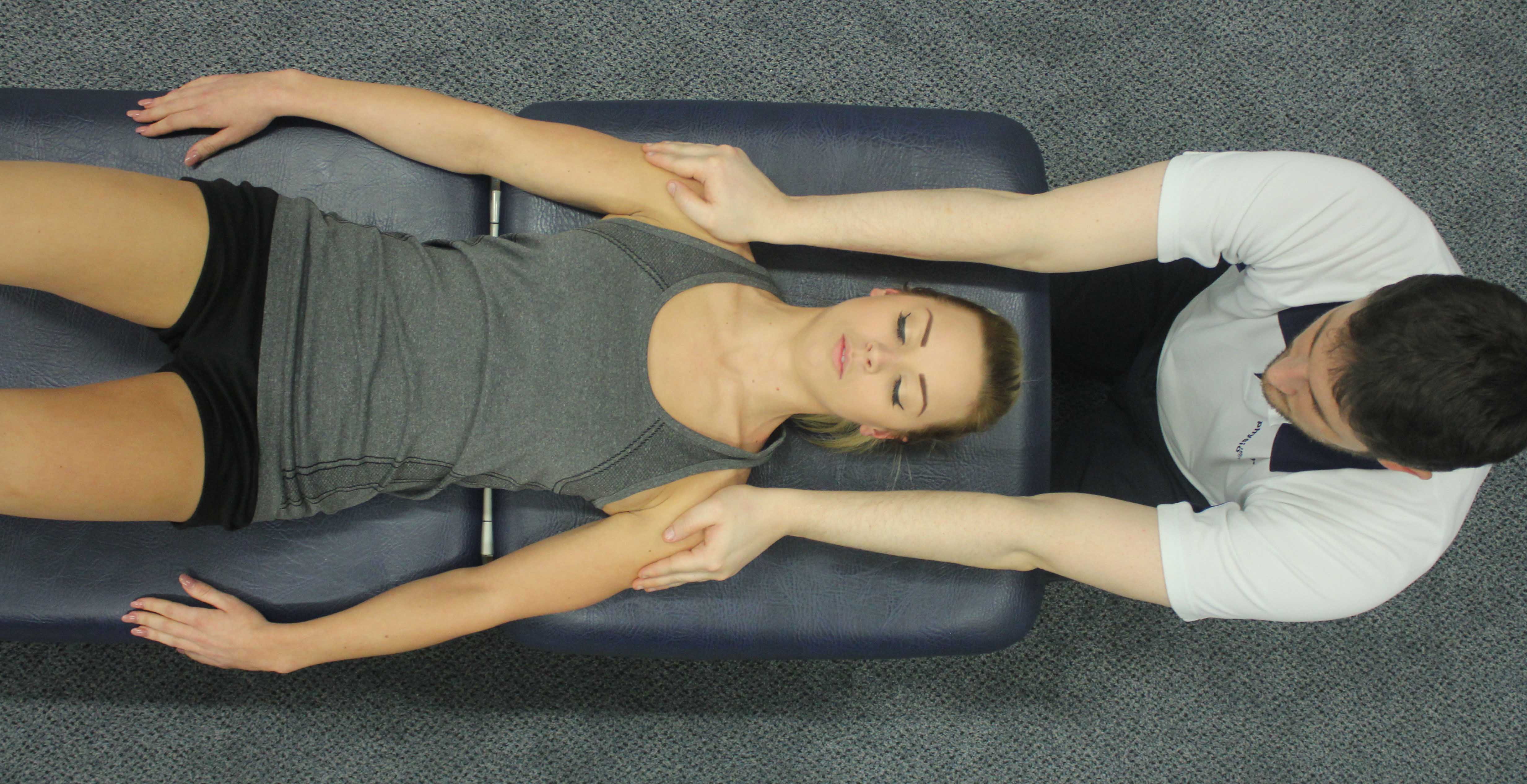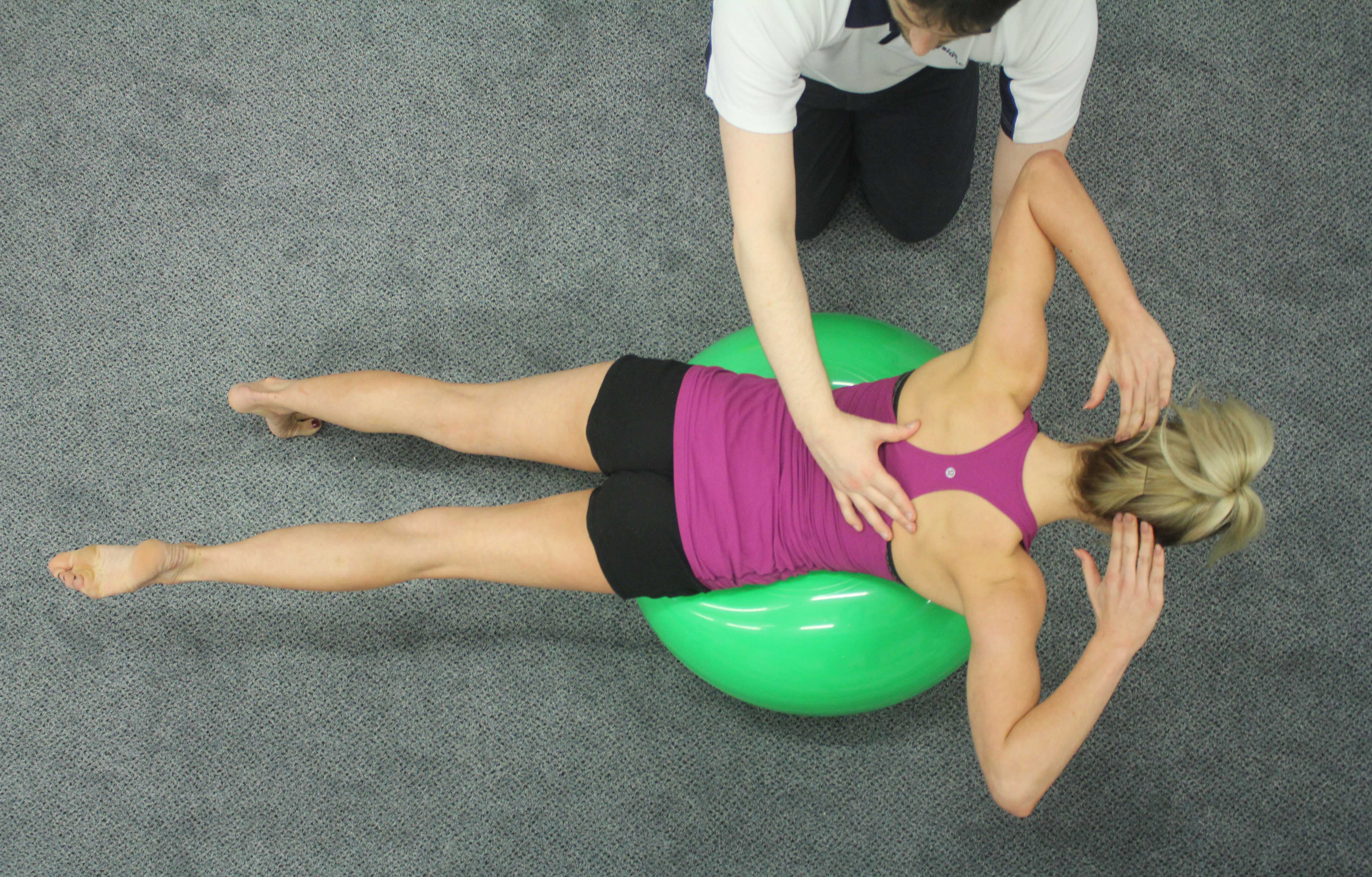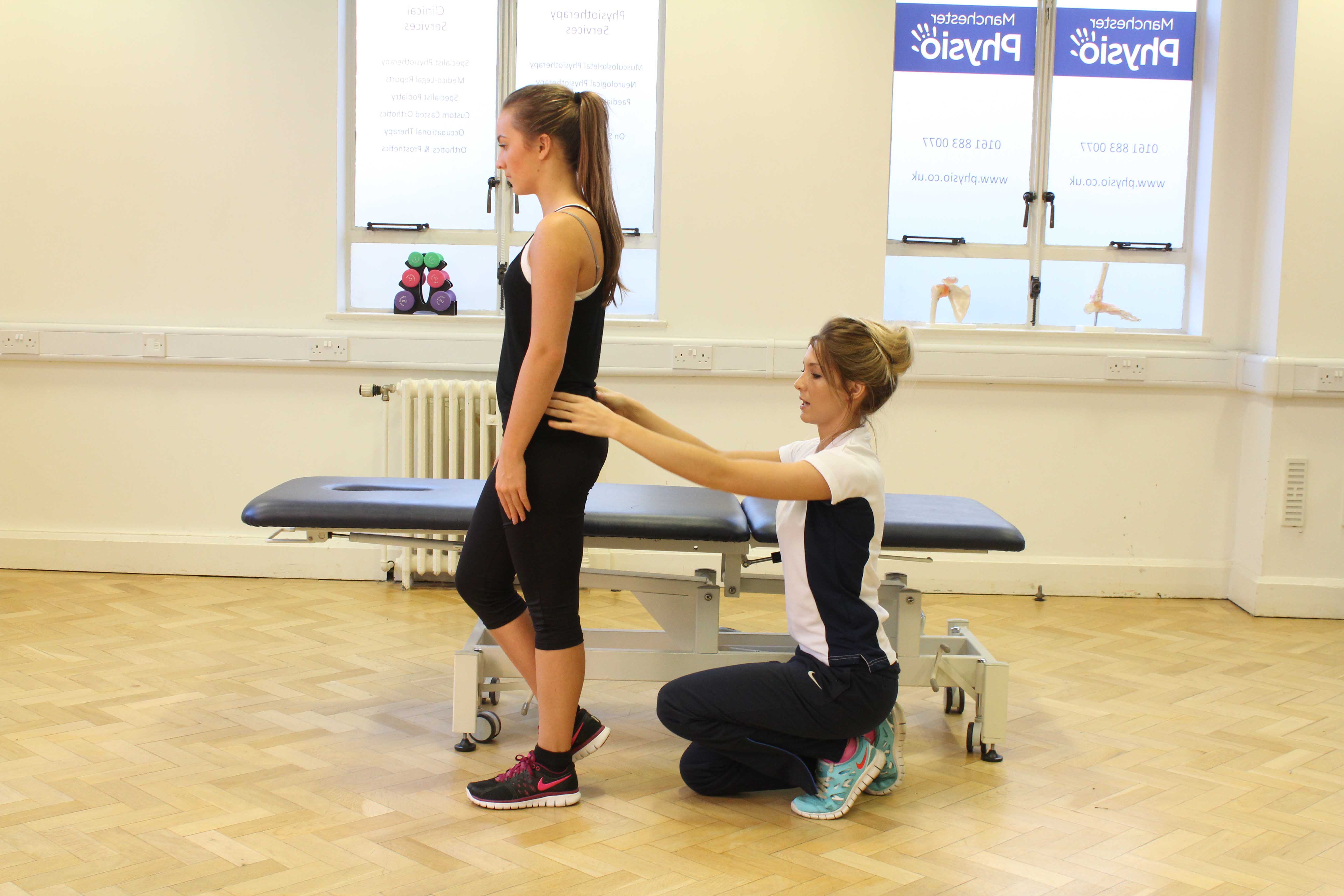Physiotherapy For Posture Correction
Are you experiencing neck pain after long days at your computer? Do you catch yourself slouching while working from home or feel persistent tension between your shoulder blades? You’re not alone. In our increasingly digital world, poor posture has become one of the leading causes of musculoskeletal pain and dysfunction.
The good news is that poor posture isn’t permanent. With the right physiotherapy approach, you can retrain your body, eliminate pain, and develop sustainable habits that support your long-term health and well-being.
Why Posture Matters More Than Ever
Your posture affects far more than just how you look. It impacts your breathing, energy levels, confidence, and overall quality of life. Poor posture creates a cascade of problems throughout your body, leading to muscle imbalances, joint dysfunction, and chronic pain patterns that can significantly impact your daily activities.
The Modern Posture Crisis
Today’s lifestyle presents unique challenges to maintaining good posture:
- Extended computer work and remote working setups
- Prolonged smartphone and tablet use
- Long commutes and sedentary lifestyles
- Stress and mental fatigue affecting body awareness
- Inadequate workspace ergonomics
These factors combine to create what experts call “postural syndrome” – a collection of symptoms directly related to sustained poor positioning that affects millions of people worldwide.

Common Signs You Need Posture Correction
Physical Symptoms
- Neck pain and stiffness, especially after computer work
- Headaches, particularly at the end of the day
- Upper back tension and shoulder blade pain
- Lower back aches after sitting or standing
- Jaw tension and teeth grinding
- Fatigue and reduced energy levels
Postural Red Flags
- Your head sits forward of your shoulders
- Rounded shoulders that pull inward
- A hunched or curved upper back
- An exaggerated arch in your lower back
- Uneven shoulder or hip heights
- Difficulty standing straight without effort
The Impact on Daily Life
Poor posture doesn’t just cause pain – it affects your entire well-being:
- Reduced productivity due to discomfort and fatigue
- Decreased confidence and self-image
- Impaired breathing and reduced oxygen intake
- Increased risk of injury during physical activities
- Sleep disruption from muscle tension and pain

How Physiotherapy Transforms Your Posture
Comprehensive Postural Assessment
Your journey to better posture begins with a detailed assessment that examines:
Static Posture Analysis: How you hold yourself while standing, sitting, and lying down Dynamic Movement Assessment: How your body moves during everyday activities Muscle Imbalance Evaluation: Identifying which muscles are too tight or too weak Joint Mobility Testing: Assessing restrictions that may be forcing poor posture Workplace and Lifestyle Analysis: Understanding the environmental factors contributing to your posture problems
Personalized Treatment Approach
Based on your assessment, our physiotherapists develop a customized treatment plan that addresses your specific needs:
Manual Therapy: Hands-on techniques to release tight muscles, improve joint mobility, and restore proper alignment Targeted Exercise Programs: Specific exercises to strengthen weak muscles and stretch tight ones Ergonomic Education: Practical advice for optimizing your workspace and daily activities Postural Awareness Training: Techniques to develop better body awareness and movement habits Home Exercise Programs: Sustainable routines you can maintain long-term
Understanding Common Postural Problems
Forward Head Posture (“Tech Neck”)
What it looks like: Your head sits forward of your shoulders, often accompanied by a rounded upper back Common causes: Computer work, smartphone use, reading Symptoms: Neck pain, headaches, shoulder tension, reduced range of motion How we help: Strengthen deep neck muscles, stretch chest and upper neck muscles, improve workspace ergonomics
Rounded Shoulders
What it looks like: Shoulders roll forward and inward, creating a hunched appearance Common causes: Desk work, driving, emotional stress Symptoms: Upper back pain, shoulder blade tension, reduced arm mobility How we help: Strengthen rear shoulder muscles, stretch chest muscles, improve posture awareness
Kyphosis (Excessive Upper Back Rounding)
What it looks like: An exaggerated curve in the upper back, creating a “hunchback” appearance Common causes: Prolonged sitting, osteoporosis, muscle weakness Symptoms: Back pain, breathing difficulties, reduced mobility How we help: Spinal mobility exercises, core strengthening, postural correction techniques
Lordosis (Excessive Lower Back Arch)
What it looks like: An exaggerated inward curve of the lower back Common causes: Tight hip flexors, weak abdominal muscles, prolonged standing Symptoms: Lower back pain, hip discomfort, muscle fatigue How we help: Hip flexor stretching, core strengthening, pelvic alignment correction
Sway Back Posture
What it looks like: Hips push forward, creating a backward lean in the upper body Common causes: Muscle imbalances, prolonged standing, improper exercise form Symptoms: Lower back pain, hip stiffness, postural fatigue How we help: Comprehensive muscle rebalancing, movement pattern correction
Scoliosis (Sideways Spinal Curvature)
What it looks like: A sideways curve in the spine, visible as uneven shoulders or hips Common causes: Genetic factors, muscle imbalances, structural issues Symptoms: Back pain, uneven muscle development, reduced mobility How we help: Specialized scoliosis exercises, postural correction, pain management

The Physiotherapy Treatment Process
Phase 1: Pain Relief and Mobility (Weeks 1-2)
- Reduce immediate pain and discomfort
- Improve joint mobility and muscle flexibility
- Begin postural awareness training
- Establish proper workplace ergonomics
Phase 2: Strengthening and Stabilization (Weeks 3-8)
- Strengthen weak postural muscles
- Improve core stability and support
- Develop better movement patterns
- Progress exercise difficulty and complexity
Phase 3: Integration and Maintenance (Weeks 9-12+)
- Integrate new posture habits into daily life
- Advance to functional and sport-specific activities
- Develop long-term maintenance strategies
- Prevent future postural problems
Workplace Ergonomics: Your First Line of Defense
Computer Workstation Setup
Monitor Position: Top of screen at eye level, arm’s length away Keyboard and Mouse: Elbows at 90 degrees, wrists straight Chair Support: Feet flat on floor, back supported, adjustable height Desk Height: Allows relaxed shoulders and comfortable arm positioning
Movement and Break Strategies
The 20-20-20 Rule: Every 20 minutes, look at something 20 feet away for 20 seconds Hourly Movement: Stand, stretch, and walk for 2-3 minutes every hour Micro-breaks: Brief posture checks and shoulder rolls throughout the day Stretching Routine: Regular breaks for neck, shoulder, and back stretches
Home Office Optimization
- Invest in quality ergonomic furniture
- Ensure adequate lighting to prevent forward head posture
- Use document holders to keep materials at eye level
- Consider standing desk options for variety
Exercise Strategies for Better Posture
Strengthening Exercises
Deep Neck Flexors: Improve forward head posture Rhomboids and Middle Trapezius: Counter rounded shoulders Core Muscles: Provide spinal stability and support Glutes: Support lower back and pelvic alignment
Stretching and Mobility Work
Chest Stretches: Counter rounded shoulders and tight pectoral muscles Hip Flexor Stretches: Address lower back arch and tight hips Upper Trapezius Stretches: Relieve neck and shoulder tension Spinal Mobility: Improve overall spinal flexibility and movement
Daily Movement Habits
Posture Breaks: Regular position changes throughout the day Walking Meetings: Incorporate movement into work when possible Mindful Movement: Focus on quality of movement rather than quantity Sleep Positioning: Maintain spinal alignment during rest
Technology and Posture: Managing the Digital Age
Smartphone and Tablet Use
- Hold devices at eye level when possible
- Take frequent breaks from scrolling
- Use voice-to-text features to reduce typing
- Perform regular neck stretches after device use
Gaming and Entertainment
- Set up gaming stations with proper ergonomics
- Use supportive seating for extended gaming sessions
- Take regular breaks during long gaming periods
- Maintain good posture while watching TV
Social Media and Screen Time
- Be mindful of “text neck” from looking down at phones
- Set time limits for social media use
- Use apps that remind you to check your posture
- Practice good posture even during leisure screen time
When to Seek Professional Help
Red Flag Symptoms
- Persistent pain that interferes with daily activities
- Numbness or tingling in arms or hands
- Severe headaches that worsen with postural changes
- Difficulty sleeping due to pain or discomfort
- Progressive worsening of postural problems
Early Intervention Benefits
Starting physiotherapy early can prevent minor postural issues from becoming chronic problems. Even if you’re not experiencing significant pain, addressing postural imbalances early can:
- Prevent future injuries
- Improve overall quality of life
- Enhance athletic performance
- Reduce long-term healthcare costs
Success Stories: Real Results from Posture Correction
The Remote Worker
Sarah, a 35-year-old graphic designer, came to us with severe neck pain and daily headaches after transitioning to remote work. Through a combination of ergonomic improvements, targeted exercises, and posture awareness training, she eliminated her pain within 6 weeks and now maintains excellent posture habits.
The Student
Mike, a university student, developed rounded shoulders and upper back pain from long study sessions. Our comprehensive program helped him strengthen his postural muscles and develop better study habits, allowing him to maintain his academic performance without pain.
The Active Professional
Lisa, a busy executive and weekend athlete, struggled with lower back pain that affected both her work and recreational activities. Through postural correction and core strengthening, she not only eliminated her pain but improved her athletic performance and energy levels.
Maintaining Your Results: Long-Term Success Strategies
Daily Habits for Lasting Change
- Start each day with a brief posture check
- Set hourly reminders for posture breaks
- Incorporate postural exercises into your routine
- Practice mindful movement throughout the day
Exercise Progression
- Gradually increase exercise difficulty
- Add variety to prevent boredom
- Focus on functional movements
- Listen to your body and adjust as needed
Ongoing Support
- Schedule regular check-ins with your physiotherapist
- Join posture-focused fitness classes
- Use technology aids like posture reminder apps
- Stay educated about postural health
The Investment in Your Health
Investing in posture correction physiotherapy isn’t just about eliminating current pain – it’s about preventing future problems and improving your overall quality of life. Consider the long-term costs of poor posture:
- Chronic pain and reduced productivity
- Increased healthcare expenses
- Reduced quality of life and activity levels
- Potential for serious spinal problems
Professional physiotherapy provides education, tools, and support you need to make lasting changes that benefit your health for years to come.
Take Action Today: Your Journey to Better Posture Starts Now
Don’t let poor posture continue to impact your life. Whether you’re experiencing pain now or want to prevent future problems, our specialized posture correction program can help you achieve lasting results.
What You Can Expect:
- Comprehensive postural assessment within your first visit
- Personalized treatment plan tailored to your specific needs
- Practical strategies you can implement immediately
- Ongoing support to ensure lasting results
- Improved confidence, energy, and overall well-being
Ready to transform your posture and eliminate pain? Contact Spectrum Physiotherapy today to schedule your comprehensive postural assessment. Our experienced team specializes in helping busy professionals, students, and active individuals achieve optimal posture and pain-free living.
Don’t wait for your posture problems to worsen – take the first step toward better alignment and improved quality of life. Your future self will thank you for making this important investment in your health today.
Book your posture correction consultation now and start your journey to pain-free, confident living.





Leave a Reply
Want to join the discussion?Feel free to contribute!